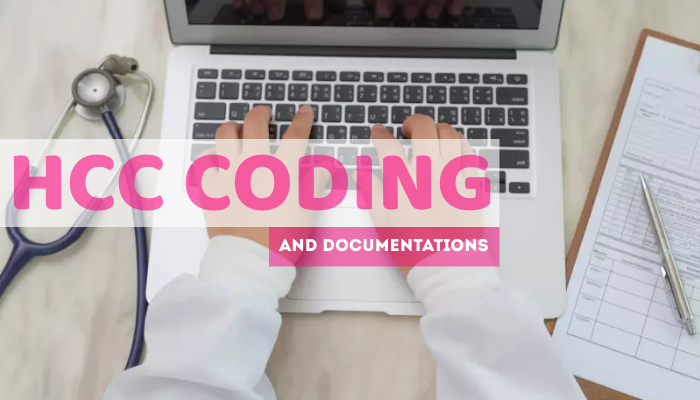As healthcare providers continue to face challenges in medical billing, Hierarchical Condition Category (HCC) coding has emerged as a key tool for right reimbursement. HCC coding is used to determine the expected costs of caring for a patient and is essential in ensuring that healthcare providers are adequately reimbursed for their services. However, HCC coding and documentation can be a complex process that requires attention to detail and a thorough understanding of the coding system. In this article, we will explore some useful HCC coding and documentation tips that can help healthcare providers streamline their billing processes and receive highest reimbursements.
Understand the Basics of HCC Coding
Before healthcare providers can begin coding and documenting medical conditions, it is essential to have a good understanding of the HCC coding system. HCC coding is a risk adjustment model that is used to predict the expected cost of care for a patient based on their medical conditions. This coding system is used primarily by Medicare Advantage plans and is used to adjust reimbursement rates based on the severity of a patient’s medical conditions.
Ensure Correct Documentation
Flawless documentation is a critical aspect of HCC coding, as the coding is based on the documentation provided by healthcare providers. To ensure error-free coding, healthcare providers must ensure that their documentation is complete, detailed, and supports the medical conditions that are being coded. This documentation should include all relevant medical history, current medical conditions, and any treatment plans or medications.
Use Specific Diagnosis Codes
When coding medical conditions, healthcare providers must use specific diagnosis codes that accurately reflect the patient’s medical condition. These codes should be as detailed as possible and should be based on the documentation provided by healthcare providers. Using non-specific diagnosis codes can result in inaccurate coding, which can lead to underpayment or overpayment of healthcare services.
Regularly Review and Update Documentation
HCC coding is a dynamic process that requires healthcare providers to regularly review and update their documentation to ensure accuracy. This review should include an assessment of the patient’s medical history, current medical conditions, and any changes to their treatment plans or medications. Regular reviews and updates can help healthcare providers identify any gaps in their documentation and ensure that they are receiving appropriate reimbursements for their services.
Use Technology to Streamline HCC Coding and Documentation
The use of technology can significantly improve the HCC coding and documentation process. Electronic Health Records (EHRs) can help healthcare providers to streamline their documentation processes, reducing errors and ensuring error-free coding. Additionally, there are several software programs and applications that can assist healthcare providers with HCC coding and documentation, providing real-time feedback and reducing the risk of errors.
In conclusion, Healthcare providers must have a thorough understanding of the HCC coding system and ensure that their documentation is complete, precise, and up-to-date. By following these HCC coding and documentation tips, healthcare providers can streamline their billing processes, reduce errors, and ensure highest reimbursements for their services.


